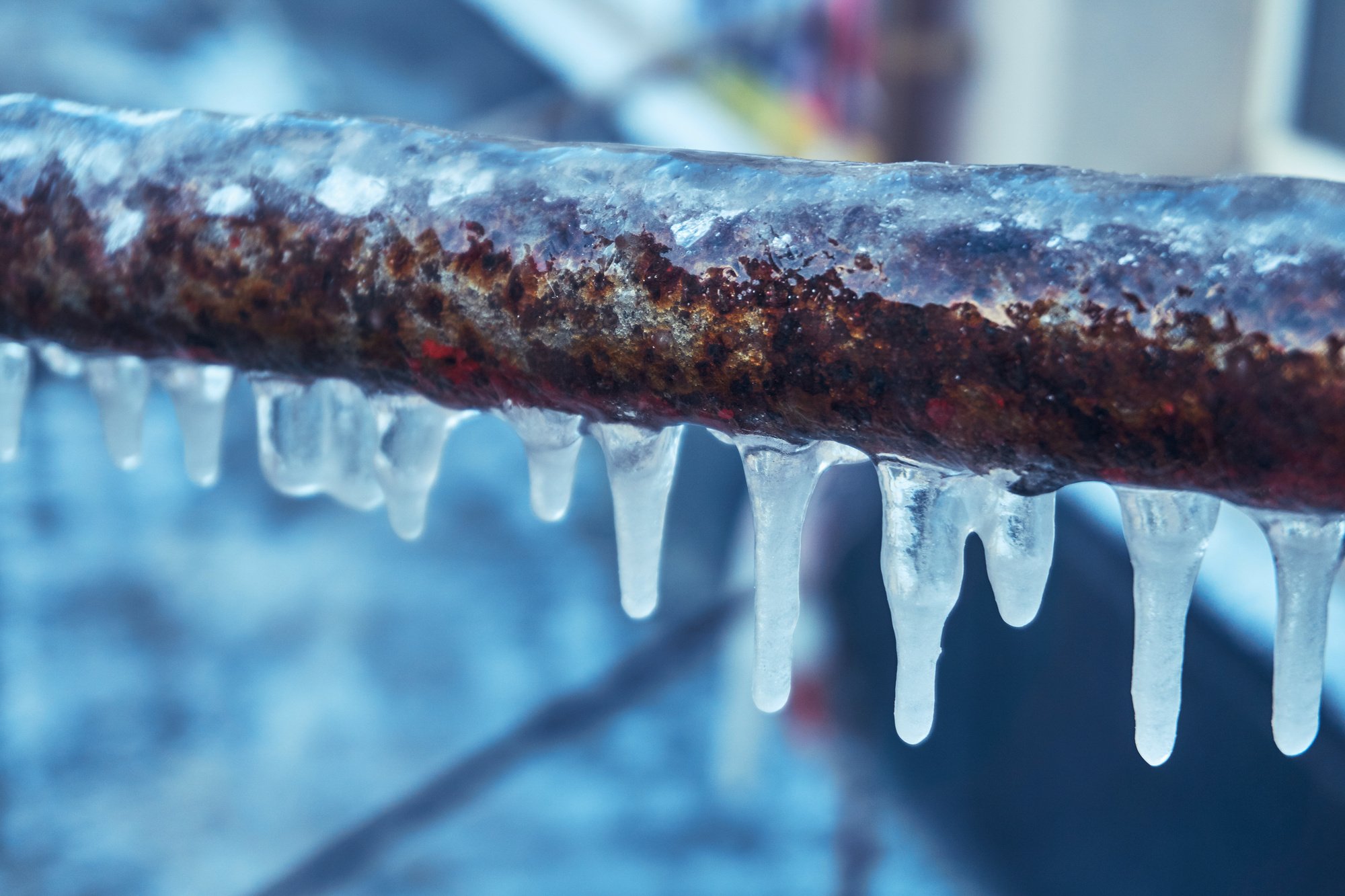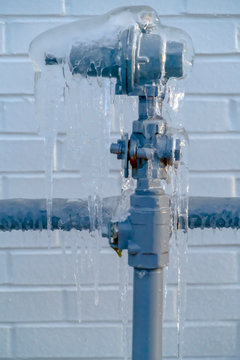How to Keep Your Pipes from Cold Weather Issues: Essential Advice
How to Keep Your Pipes from Cold Weather Issues: Essential Advice
Blog Article
We have stumbled upon the article about How To Avoid Freezing Pipes below on the web and reckoned it made perfect sense to relate it with you on this page.

Cold weather can wreak havoc on your plumbing, specifically by freezing pipelines. Below's how to avoid it from occurring and what to do if it does.
Intro
As temperature levels decline, the threat of icy pipelines rises, possibly bring about pricey fixings and water damages. Recognizing exactly how to avoid frozen pipes is crucial for homeowners in cool environments.
Prevention Tips
Insulating vulnerable pipes
Cover pipelines in insulation sleeves or use heat tape to safeguard them from freezing temperatures. Focus on pipes in unheated or exterior areas of the home.
Heating strategies
Maintain indoor areas appropriately warmed, specifically locations with plumbing. Open cabinet doors to permit cozy air to distribute around pipes under sinks.
How to recognize icy pipes
Look for reduced water circulation from taps, uncommon odors or sounds from pipes, and noticeable frost on revealed pipes.
Long-Term Solutions
Architectural changes
Take into consideration rerouting pipelines far from exterior walls or unheated locations. Include additional insulation to attic rooms, basements, and crawl spaces.
Upgrading insulation
Invest in high-quality insulation for pipes, attics, and wall surfaces. Correct insulation helps preserve regular temperature levels and reduces the risk of icy pipes.
Securing Exterior Pipes
Garden hoses and outside faucets
Detach and drain garden pipes before wintertime. Set up frost-proof spigots or cover exterior taps with insulated caps.
Understanding Icy Pipelines
What causes pipes to freeze?
Pipelines freeze when exposed to temperatures below 32 ° F (0 ° C) for prolonged durations. As water inside the pipelines ices up, it broadens, taxing the pipeline wall surfaces and potentially creating them to rupture.
Dangers and problems
Icy pipelines can result in water supply disruptions, residential or commercial property damages, and pricey repairs. Ruptured pipelines can flooding homes and trigger comprehensive structural damages.
Signs of Frozen Pipeline
Recognizing icy pipes early can stop them from breaking.
What to Do If Your Pipelines Freeze
Immediate activities to take
If you presume frozen pipelines, keep taps available to soothe stress as the ice thaws. Use a hairdryer or towels taken in warm water to thaw pipes gradually.
Conclusion
Avoiding frozen pipes calls for positive steps and fast actions. By understanding the reasons, indications, and preventive measures, homeowners can secure their plumbing throughout cold weather.
6 Proven Ways to Prevent Frozen Pipes and Protect Your Home
Disconnect and Drain Garden Hoses
Before winter arrives, start by disconnecting your garden hoses and draining any remaining water. Close the shut-off valves that supply outdoor hose bibs and leave the outdoor faucet open to allow any residual water to drain. For extra protection, consider using faucet covers throughout the colder months. It’s also important to drain water from any sprinkler supply lines following the manufacturer’s directions.
Insulate Exposed Pipes
Insulating your pipes is an effective way to prevent freezing. Pipe insulation is readily available at home improvement stores and is relatively inexpensive. Pay close attention to pipes in unheated areas such as the attic, basement, crawl spaces, or garage. Apply foam insulation generously to create a buffer against the cold. You can also wrap your pipes in heat tape or thermostat-controlled heat cables for added warmth.
Seal Air Leaks
Inspect your home for any cracks or openings that could let in cold air. Seal any holes around the piping in interior or exterior walls, as well as the sill plates where your home rests on its foundation. Additionally, make sure to keep your garage door closed unless you’re entering or exiting. Leaving it open creates a significant air leak that can lead to frozen pipes.
Allow Warm Air Circulation
During cold snaps, it’s essential to allow warm air to circulate evenly throughout your home. Leave interior doors ajar to promote better airflow. Open kitchen and bathroom cabinets to help distribute heat consistently around the rooms. If you have small children or pets, be sure to remove any household chemicals or potentially harmful cleaners from open cabinets for safety.
Let Faucets Drip
A small trickle of water can make a big difference in preventing ice formation inside your pipes. When temperatures drop significantly, start a drip of water from all faucets served by exposed pipes. This continuous flow helps prevent the water from freezing. Additionally, running a few faucets slightly can relieve pressure inside the pipes, reducing the chances of a rupture if the water inside does freeze.
https://choateshvac.com/6-proven-ways-to-prevent-frozen-pipes-and-protect-your-home/

Hopefully you enjoyed our excerpt on Prevent Frozen Pipes . Thanks so much for taking the time to read through our post. Are you aware of somebody else who is interested in the subject? Take a moment to share it. Thank you for going through it.
Visit Site Report this page